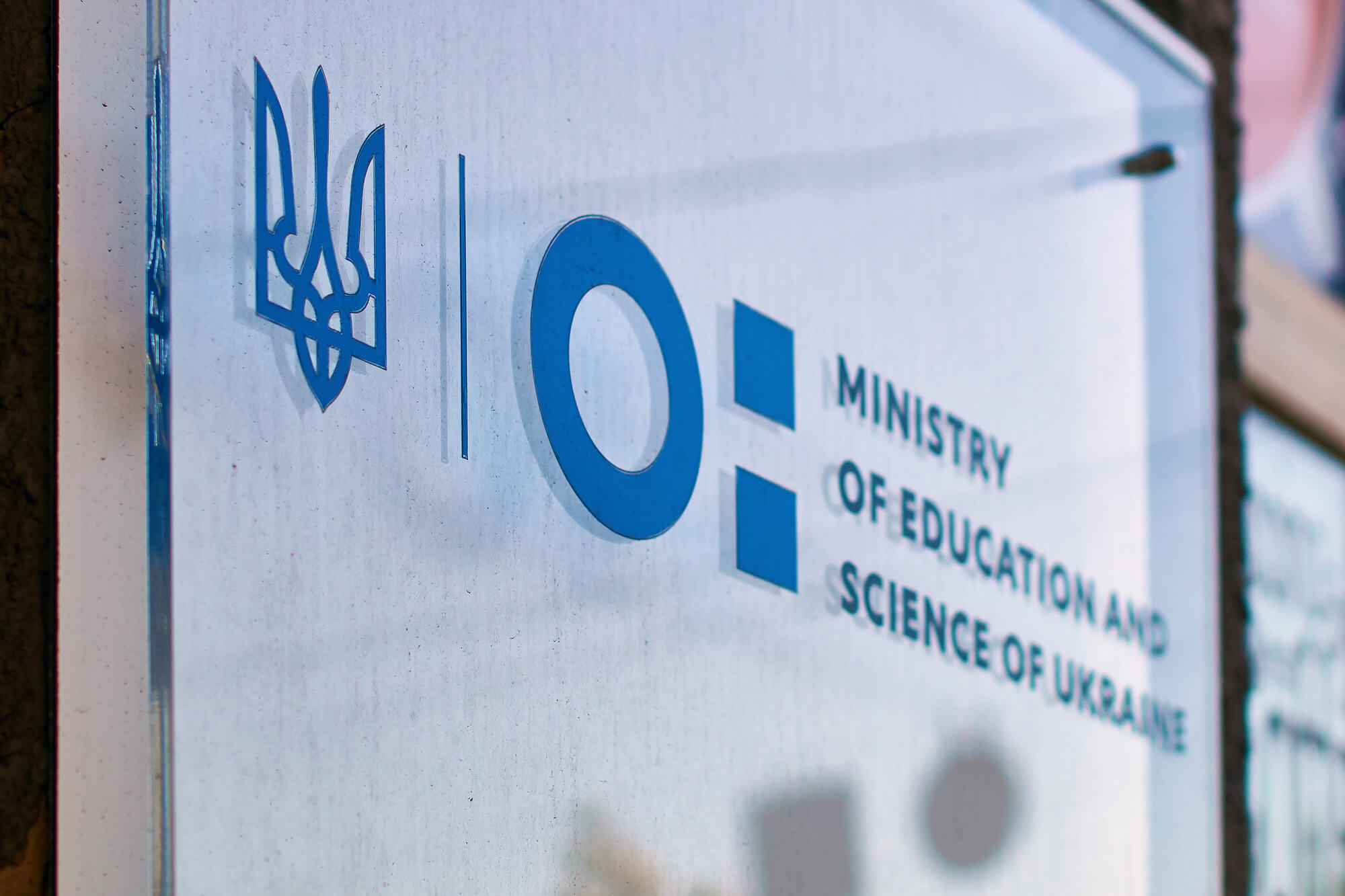The government never stopped working on long-term economic reforms, despite having to quickly restructure its work at the end of February to meet wartime needs. In the first quarter of 2022, we spotted 35 important changes. This is significantly less than at the end of the previous year when there were as many as 57. However, it is comparable to the third-quarter results for 2021, when 39 regulations entered the Reform Index.
Among the 35 important changes, 34 were positive, and only one turned out to be anti-reform, namely the law on localization in mechanical engineering signed by the President in early January. Read more about the significant developments below.
Key changes
In the first quarter of 2022, the following three events scored as high as +2.0 points (in the range from -5 to +5), which in our opinion, separates significant reforms from less important ones:
- The law on financial services and companies (Reform Index 179, +2.5 points) continues the reform effort started by the split law, adopted in 2020, and mainly concerns pawnshops and financial companies. The law introduces risk-based regulation and supervision and sets additional corporate governance requirements. The idea is for the regulator to pay attention to riskier and larger financial institutions. A positive step is allowing pawnshops and financial institutions to carry out other economic activities besides their main activity (except material production and trade) and outsource some services. There are also benefits for service users. Now pawnshops and financial companies will provide complete information about their services to customers just as banks do.
- The law on improving the educational process and scientific activity at military universities (Reform Index 177, +2.0 points). Unlike other universities, military educational institutions have limited academic autonomy. The Ministry of Defense, the Ministry of Internal Affairs, the Security Service, and the Foreign Intelligence Service determine the rules of university management, educational content, and requirements for institution heads. The law extended rules for military universities to apply to institutions training cadets, students, and adjuncts for the penitentiary system. Such changes should match up the training with the current needs of the Armed Forces of Ukraine and other military formations. The changes also mean the introduction of the “professional military education” specialty, which can be gained from non-formal training (i.e., at various courses and training programs that do not award formal degrees). Also, “new levels of military education are being established: tactical, operational, and strategic, which will ensure the compatibility of the Armed Forces of Ukraine and other military formations with the armed forces of NATO member states at the level of military training,” said the bill’s initiator Maryana Bezuhla, MP.
- The law introducing changes to the jurisdiction of courts (Reform Index 181, +2.0 points). It is called for to ensure full functioning of the judiciary in emergencies (martial law, natural disasters, counter-terrorism measures, and other situations) where the court cannot administer justice at its location. On this occasion, all cases pending before a court can be transferred to the nearest court or another designated court at the request of the head of the Supreme Court and by decision of the High Council of Justice. However, this law may not be enough to ensure access to justice. Problems could arise “with the ‘physical’ transfer of case materials from a court that cannot administer justice,” notes Roman Smaliuk, the Center for Policy and Legal Reform.
Anti-reform
At the beginning of 2022, experts spotted only one anti-reform law on localization in mechanical engineering (Reform Index 177, -1.5 points). The government introduced localization requirements for procuring industrial machinery (urban transport, railway equipment, equipment for the production and transmission of electricity, etc.). Localization in procuring these products must increase from 10% to 40% within ten years. To avoid violating Ukraine’s international obligations, these requirements will not apply to countries that have signed the WTO Agreement on Government Procurement, particularly the EU and the United States.
Why is this anti-reform? “The law’s introduction may lead to a decrease in competition and, accordingly, to an increase in the cost of procuring mechanical engineering products, for which a mandatory percentage of localization has been set. And all this against a backdrop of the urgent need for modernization and investment in infrastructure. It could also lead to procuring lower quality engineering products in the absence of their high-quality imported counterparts (with proper localization levels). It could, in some cases, impede procurements,” explains Oleksandra Betliy, an expert at the Institute for Economic Research and Policy Consulting.
What are the changes in key areas?
In the first quarter of 2022, we spotted changes in four out of the five monitoring areas. No reforms occurred in the energy sector, and most of the significant regulations fell under the “Business Environment” category, namely 12.
Graph 2. Total points by area: 1st quarter 2022
Source: Reform Index 177-181.
Next, let us look at the areas making the most progress in implementing reform.
Business environment
At the beginning of the year, we spotted 12 essential changes in this area. The Verkhovna Rada of Ukraine and the Cabinet of Ministers initiated six each.
The law enhancing transparency in extractive industries received the highest score (Reform Index 177, +1.5 points). It provides terminology, including the definition of “extractive industries,” “project activities,” “economic entities operating in extractive industries,” and “subsoil use agreements,” and updates legislation to align with the EITI Standards (Extractive Industries Transparency Initiative, 2019). It introduces reporting of payment amounts for carbon dioxide emissions and clarifies the procedure for disclosing information as required by law: reporting forms, submission deadlines, and the amount of data to be disclosed. Another innovation is that information about the average number of employees must be provided to determine the number of employees by gender.
In the first three months of 2022, the government also adopted many industry-related regulations: a law banning the advertising of electronic cigarettes (Reform Index 177, +1.0 points), a law facilitating the development of viticulture and horticulture (Reform Index 177, +1.0 points), a law regulating royalty payments (Reform Index 179, +1.0 points), the law enhancing the process of developing and implementing aviation rules (Reform Index 180, +1.0 points).
Another long-awaited step was signing the Free Trade Agreement between Ukraine and Turkey (Reform Index 179, +1.0 points). Negotiations lasting 15 years finally ended with the signing of the Agreement. According to the Ministry of Economy, Ukraine gets an opportunity to import 10,377 goods to Turkey duty-free (and Turkey 9,500), Liga.net writes. As a result, 95.6% of the Turkish market will be open to Ukraine and 99.6% of ours to Turkey. However, some producers believe the free trade zone carries risks for the Ukrainian industry because Turkey is much more supportive of its producers.
Public finance
We spotted ten essential changes in this monitoring area. The quarter’s only anti-reform change and the above-mentioned law on improving training at military educational institutions are among them. This time, the Verkhovna Rada and the Cabinet of Ministers initiated four reforms each, with two reforms initiated by the Ministry of Health and the Ministry of Finance, respectively. Most of them relate to healthcare:
- The law on improving the healthcare management system (Reform Index 177, +1.5 points) introduces “autonomization” of state medical institutions by analogy with municipal medical institutions in 2017-2019. It also introduces the concept of “electronic healthcare system” and “medical information” and updates the concept of “patient” and “medical service.”
- Resolution no.126 of February 16, 2022, regarding medical institutions’ work in the electronic healthcare system (eHealth) (Reform Index 180, +1.5 points) complements the law above. The law introduces the requirement for healthcare institutions of all forms of ownership to register in the Register of Business Entities of the central database of the electronic healthcare system (eHealth). Medical institutions must also enter primary documents into the electronic system, keep records of medical services, and process personal data and other patient information.
- The law regulating payments for transplants (Reform Index 177, +1.0 points) stipulates that transplants must be free of charge for the patient, with the state covering all costs. The tariff for transplantation must be sufficient to cover the hospitals’ costs to perform such operations.
- Resolution no.36 of January 19, 2022, regarding the procurement of medical goods consolidated through the MedData system (iMoRe no.178, +1.0 points) requires that it be done electronically on a single MedData platform. It will also collect information about the medical supplies needed by medical institutions and their stock. It is expected to “save on volumes” and better distribute the necessary goods among hospitals. This system is available to all medical institutions (and individual entrepreneurs) that have concluded a public services contract with the National Health Service of Ukraine.
Governance
In the three months to April, the government adopted nine public administration reforms. The Verkhovna Rada and the Cabinet of Ministers initiated four each, and the Ministry of Internal Affairs initiated one. In addition to the law introducing changes to the jurisdiction of courts we mentioned earlier, the most essential steps in this area are as follows:
- The new procedures for declaring and registering one’s place of residence (Reform Index 181, +1.3 points) effectively abolish residency registration and allow declarative notification of one’s permanent residence. If a person has several permanent places of residence, they declare only one of them at their discretion. Official letters from authorities will be sent to this address.
- The law on cloud services (Reform Index 181, +1.0 points) sets out the rules for how cloud services and data center services are provided to public users. They must be provided in line with cybersecurity requirements and information and personal data protection laws. The law also requires that providers of such services not use technical means located on the aggressor’s or occupying state’s territory, in temporarily non-government-controlled parts, or those owned by countries or entities against which Ukraine has imposed sanctions.
- The law regulating access to patients’ data (Reform Index 177, +1.0 points) establishes that information about patients stored in the electronic health system can only be obtained with the patients’ or their representatives’ consent. However, there is an exception: access without such permission is allowed on the grounds of a direct threat to life when it is impossible to obtain consent or by court decision.
Who is the biggest reformer?
The Verkhovna Rada became the reform leader, having adopted 16 regulations in the first quarter of 2022. The Cabinet of Ministers was the runner-up with 14 important resolutions. The Ministry of Health, the Ministry of Finance, and the Ministry of Internal Affairs initiated three reforms. NBU accounted for two reforms and the President for one reform (the bill on virtual assets initiated by MPs was signed into law after incorporating presidential proposals and is therefore considered an achievement of both initiators).
Graph 2. Initiators of reforms in the 1st quarter of 2022
Source: reform Index 177-181. The total number of reforms in the period was 35, with the total number of events being 36 because one reform (the law on virtual assets) was ascribed to two initiators, namely, the Verkhovna Rada and the President (the law was signed after incorporating presidential proposals).
Compared to the previous quarter, in the first quarter of 2022:
- important regulations’ numbers decreased by a third (from 57 to 35 per quarter);
- the average score for the round remained unchanged (0.8 points);
- the average event score remained at +1, ranging from -5 to +5.
The intensifying of negotiations on Ukraine’s accession to the EU poses significant challenges for the country. Ensuring the country’s liberation from russian aggressors, it is necessary to simultaneously bring Ukraine’s legislation in line with European standards and continue judicial reform, which is a cornerstone in combating corruption and ensuring the rule of law.
Graph 3. iMoRe quarterly average
With support
Attention
The author doesn`t work for, consult to, own shares in or receive funding from any company or organization that would benefit from this article, and have no relevant affiliations







